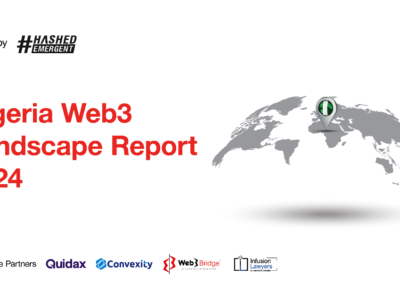Ever wondered about the driving forces behind AI’s meteoric rise and which platforms are at the forefront of this tech revolution?
RELATED: Demand for ChatGPT on Google hits record-breaking high globally
A recent in-depth analysis by Sujan Sarkar at writerbuddy.ai explored the AI industry’s growth from September 2022 to August 2023. Covering over 3,000 AI tools, the findings are impressive. ChatGPT stands out, attracting 14 billion visits, which accounts for 60% of the total 24 billion visits to the top 50 AI tools during this period. Clearly, ChatGPT was the leader.
The spotlight also shines brightly on CthatGPT, Character AI, and Google Bard, witnessing net traffic growths of 1.8 billion, 463.4 million, and 68 million visits, respectively. However, not all sailed in the same boat. Craiyon, MidJourney, and Quillbot faced significant traffic declines during the same period.
Writerbuddy used SEMrush, a reliable SEO tool, to collect data. They gathered info from AI tool directories and narrowed down to the most visited 50. The insights they’ve uncovered are genuinely unparalleled, offering a holistic view of the AI industry’s digital footprint.
Key Insights from the AI Industry’s Traffic Analysis
-
50 AI tools garnered 24 billion visits from Sep 2022 to Aug 2023.
-
ChatGPT captured 60% of the traffic with 14 billion visits.
-
Winners: ChatGPT, Character AI, Google Bard. Losers: Craiyon, MidJourney, Quillbot.
-
AI industry grew 10.7x, averaging 236.3 million growth in visits monthly.
-
The US contributed 22.62% (5.5 billion visits), while Europe totaled 3.9 billion.
-
69.5% male vs. 30.5% female user disparity in AI tools.
-
63% accessed AI tools on mobile devices.
The global AI landscape reveals fascinating trends. The US, with its tech dominance, unsurprisingly leads in AI traffic at 5.5 billion visits, despite its smaller population. Following closely is tech-savvy India with 2.1 billion visits. Meanwhile, countries like Indonesia, the Philippines, and Brazil hover around the 1.3 to 1.4 billion mark. Strikingly, China, with its vast populace, is not in the top 20 — perhaps a nod to its native AI innovations and regulatory stance.
On the other hand, Europe, encompassing the robust tech hubs of the EU, lags behind, possibly wary of stringent AI regulations. This European caution isn’t new but has been a consistent narrative since 2008, with a hint of growing interest.
A commanding 63.20% of AI tool users access via mobile devices, emphasizing the need for mobile-responsive designs in the AI industry, potentially linked to Open AI’s app launches. On the flip side, desktop users represent 36.80% of users, signifying that, while traditional platforms remain relevant, the shift towards mobile is clear. This highlights the prevailing move to mobile in tech and the imperative for AI developers to focus on mobile adaptability.































